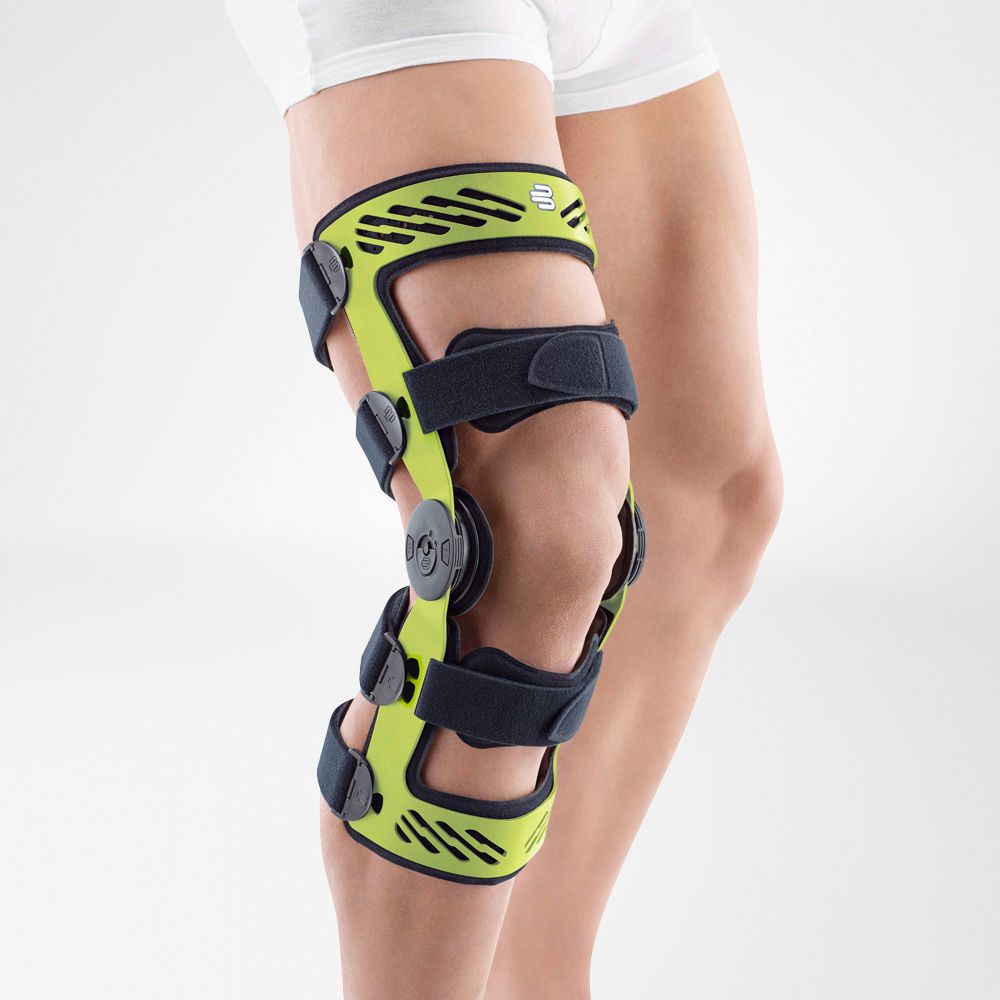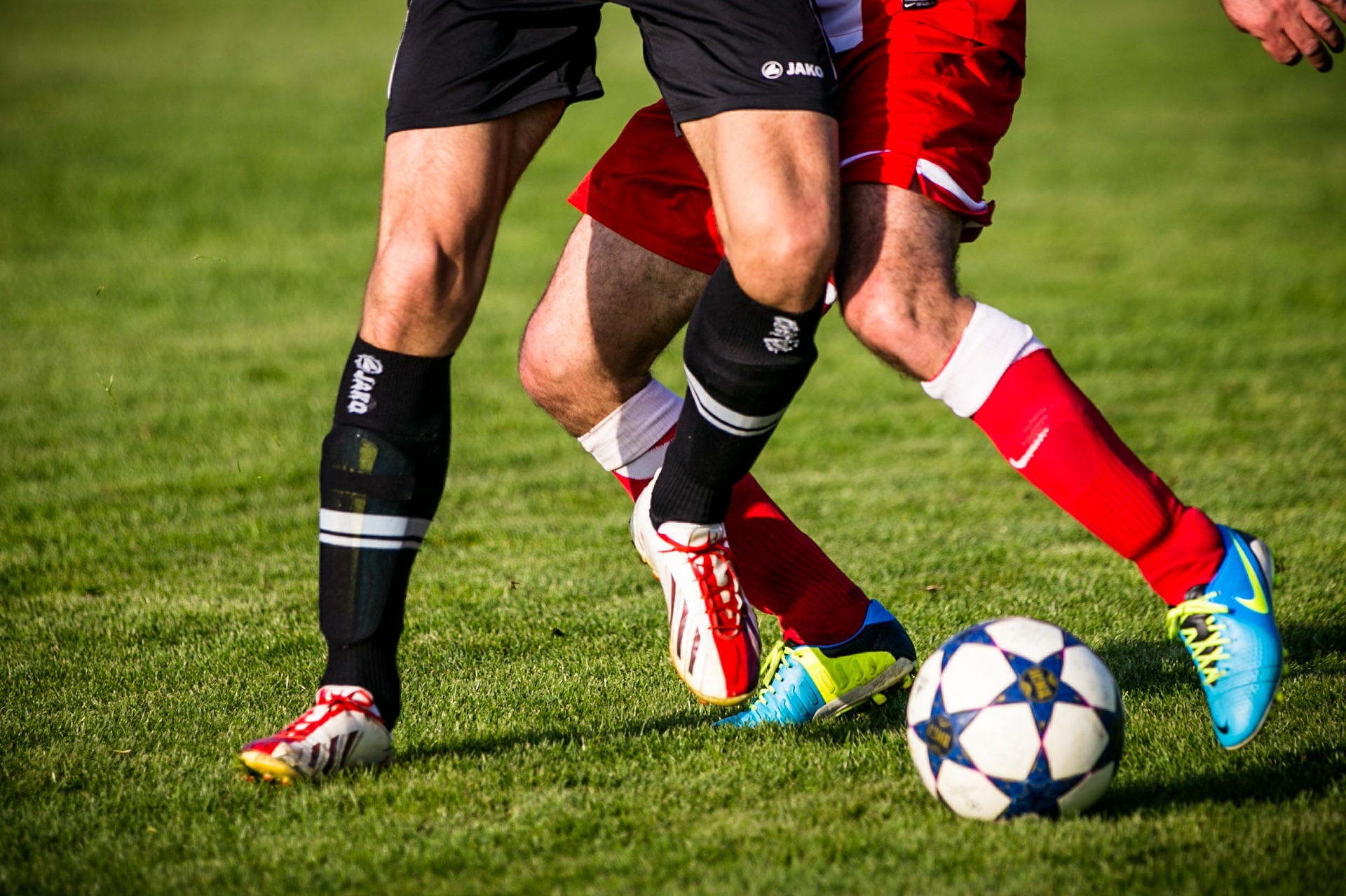Should I wear a knee brace after ACL surgery?
Ask your doctor if you will need to wear a knee brace after your Anterior Cruciate Ligament (ACL) surgery. Some physicians require post-operative knee brace use while others do not.
Many of the research studies comparing the use of a knee brace after an Anterior Cruciate Ligament (ACL) repair or reconstruction surgery to not using a knee brace, do not find significant
Studies have shown that people who use knee braces report less pain and fewer complications in their recovery. However, overall findings indicate that rehabilitation is the best recovery
Whether you and your doctor choose for you to wear a knee brace or not may depend on your unique anatomy, age, lifestyle and daily activities.
What’s ACL?
Anterior Cruciate Ligament (ACL) surgery is indicated if a person has sustained an injury (acute or chronic) to this ligament in their knee joint. Typically it is athletes who suffer from this type of injury, although injuries to this ligament can happen from other activities as well. Usually an injury or tear to the ligament happens when there is a forceful impact to the knee, especially in an abnormally aligned position.
Why should I wear (or not wear) a knee brace?
Pro’s and Con’s of wearing a knee brace after Anterior Cruciate Ligament (ACL) surgery:
- Pros:
- May prevent re-injury if person falls
- Helps to maintain a good alignment of the knee
- May help to provide rest to the knee joint
- May have less pain during recovery
- May have less swelling during early recovery period
- May have less issues with wound leakage in recovery period
- Cons:
- May limit normal movements of the knee
- May contribute to muscular atrophy if used for a long time
- May be uncomfortable
- May be more likely to cause a slip or fall, especially if not fitted properly
While there are pro’s and con’s for using a knee brace during recovery, it is important to remember that studies that are done further out in recovery really show no significant differences in knee stability or flexibility in patients who used a knee brace in comparison of those who did not use a knee brace. Likely your surgeon will have a preference and will recommend his or her preference to you. You, as the patient may also have a preference and should feel free to voice that to your surgeon.
Please do follow your surgeon or physical therapist’s recommendations on wearing or not wearing a brace, and remember that this is a special kind of knee brace and not to try to find your own over-the-counter knee brace.
How do I use the knee brace?
One of the most important factors in using a knee brace after ACL surgery is ensuring that it fits properly. You may want to have your doctor or physical therapist help you adjust it the first time.
When thinking about the fit of a knee brace there are two main things to be aware of: if it too loose and if it too tight.
If it is too loose it can be a safety hazard as it could slide down your leg; cause you to trip and fall; or not stabilize the knee as it should.
If the knee brace is too tight it could cut off circulation to the lower leg causing discomfort, swelling, discoloration, numbness or tingling.
A proper fit should feel somewhat comfortable. You should not feel pinching or that the knee brace is sliding down. You should be able to slide two fingers underneath each strap–this helps to know that it is not fitted too tightly. If you can fit more than two fingers underneath the straps it is probably too loose and should be tightened.
If your knee brace has a hinge on it that needs adjusted, make sure you ask your doctor how to adjust the hinge and what setting it needs to be set at. If your brace has hinges, make sure that they are aligned with the center of your knee cap on both sides–this ensures proper placement.
The knee brace for after ACL surgery should be worn directly on top of the skin, or with an undergarment sleeve. Do not wear the brace over pants as this causes problems with a proper fit. There are however some manufacturers that make knee braces that can be worn over pants. Be sure to ask your physician if your brace can be worn over or under your pants.
When should I wear my knee brace?
If it is recommended for you to use a knee brace, follow your surgeon or physical therapist’s suggestions for use. In general, you should wear your knee brace when you plan to do activities that may apply more force to the knee joint and for a few hours afterward. Activities that may require wearing of a knee brace may include:
- Exercise
- Sports
- Distance walking
You do not need to wear your brace when you sleep. In fact, some sources recommend not wearing it while you sleep. (However, if your doctor recommends that you wear it while sleeping, follow your doctor’s instructions.) Some people who may need to get up frequently in the middle of the night to use the restroom, or have sleep walking tendencies, may want to keep it on during the night.
What does the brace look like?
Knee braces that are worn after Anterior Cruciate Ligament (ACL) surgery may have soft Velcro adjustable straps with hard plastic or metal framing and may include a hinge on the sides.

Where can I buy a knee brace for after ACL surgery?
You should ask your doctor if they have recommendations of where to obtain a knee brace. They may give you a prescription to use in getting the brace.
You will likely be directed to a medical equipment store. You may be able to rent or buy a knee brace from these stores. If this is not an option, they can be purchased through online stores like Amazon. (On Amazon, the cost may range from $60-$350.)
Make sure to clarify with your doctor what to look for, best brands, or required features.
Knee Braces and Sports
After your ACL surgery, follow your doctor and physical therapist’s recommendations of rehabilitation therapy and exercises. Physical therapy, exercises and stretching are the most important parts of recovery and the return to sports and other physical activities.
After you are cleared by your doctor, surgeon and/or physical therapist to return to sports, you will get to decide with your doctor about the use of a knee brace. Make sure you ask your doctor what they think is best for you.
To conclude, research has indicated that for during recovery, it may be helpful to use a brace to prevent re-injury, decrease pain and decrease swelling.
During recovery and thereafter, patients may feel a peace of mind wearing their brace, but it is important to remember that the rehabilitation to stabilize and strengthen the knee joint is really what makes a strong knee–it is not the brace that provides the strength.
In the long term, using a brace has little to no affect on the stability or flexibility of the knee joint.
